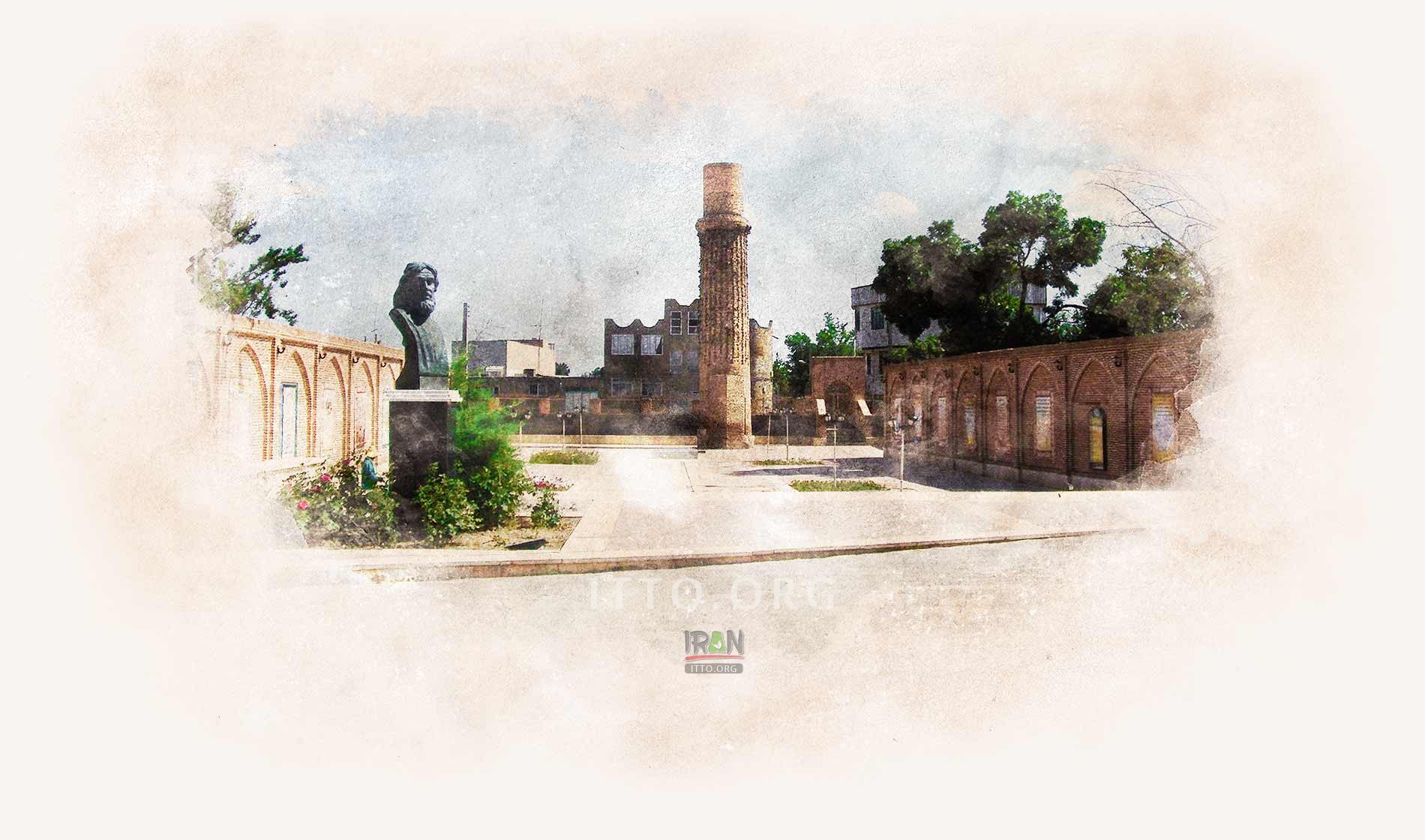Shams Tabrizi’s tomb in Khoy, beside a tower monument in a memorial park, has been nominated as a World Cultural Heritage Center by UNESCO.
Shams Tabrizi (or Shams al-Din Mohammad) (1185–1248) was a Persian poet,who is credited as the spiritual instructor of Mewlana Jalal ad-Din Muhammad Balkhi, also known as Rumi (Mevlana or Mawlana) and is referenced with great reverence in Rumi's poetic collection, in particular Diwan-i Shams-i Tabrizi (The Works of Shams of Tabriz).
According to contemporary Sufi tradition, Shams Tabrizi mysteriously disappeared: some say he was killed by close disciples of Mowlana Jalaluddin Rumi who were jealous of the close relationship between Rumi and Shams, but according to many certain evidences, he left Konya and died in Khoy where he was buried.
The tomb and it's minarets is located in a garden surrounding the residence of Shams-ol-Moluk-e-Donbali in the northeast of the city of
Khoy.
There is a diversity concerning the origin of this minaret. It is believed that a person had been able to hunt rams within one day, the number of the horns on minaret indicates the number of that days hunting. Another version is that this structure was constructed by the reputed Amir Shams-ol-Moluk Donbali of the Donbali dynasty and yet another narratives state that this was the winter palace of Shah Esmail Safavid and believed that the adornment of the minaret was the outcome of one day hunting of the king.


